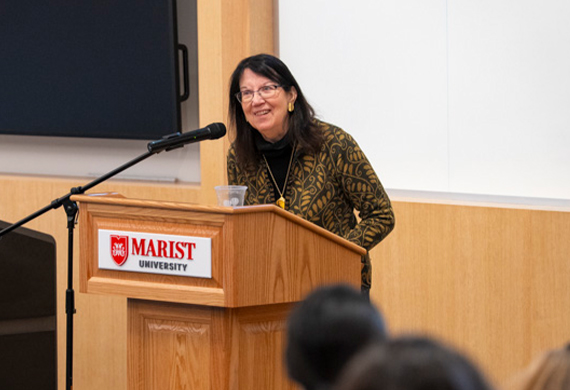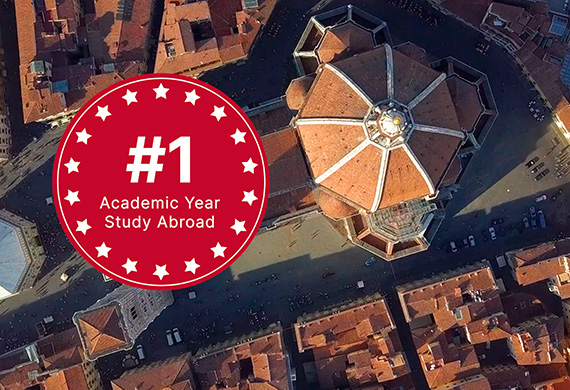New Employment Report Shows Below-Average Wage Jobs Are the Fastest Growing in the Hudson River Valley
Continuing trend exacerbates income inequality in the region.
February 18, 2020—A new study on employment in the Hudson River Valley was released today by the Marist Bureau of Economic Research. The study, “Special Report: Employment in the Hudson Valley 2018,” which analyzes data from New York State Department of Labor, shows that most job growth in the region is tied to low-wage positions.
“Since the Great Recession, job growth in traditionally low-wage sectors has outpaced job-growth in high-wage sectors. One metric for examining the impact of this phenomena on household income is the increase in the number of persons with more than one job,” said Christy Huebner Caridi, Director of the Bureau.
Caridi also noted this is a continuation of the trend noted in last year’s report, which showed growing income inequality in the region. “The distribution of unearned income within the Hudson Valley is highly skewed,” said Caridi. According to the Bureau’s data, Westchester County was the most unequal county in the region, followed by Dutchess and Rockland counties.
The report includes details by county for the seven county Hudson Valley region and also offers comparisons to statewide information. Other key findings include:
– Private sector employment accounts for 84.1 percent of total employment in the Hudson Valley.
– Health care and social assistance remained the top private-sector employers followed by retail.
– The top five fastest growing industries in the region are: mining; construction, agriculture, forestry, fishing and hunting; administrative and waste services; and health care and social assistance.
– Throughout the region, the sectors that paid the highest average wages were: management of companies and enterprises; finance and insurance; and utilities, and professional and technical services. Accommodation and food services paid the lowest wage.
– On the year, private sector wages ($58,351) were 25.9 percent lower than the statewide average ($73,467) and 7.0 percent higher than the balance of the state, defined as New York State less the New York City Region ($54,299).
– As of 2018, the average wage for the above-average category was $93,990 compared to $80,323 in 2009, while the average wage for the below-average category was $34,996 in 2009 compared to $41,539 in 2018.
– As of 2018, above-average wage sectors accounted for 52 percent of total wages and 32 percent of total employment, compared to 54 percent of total wages and 34 percent of total employment in 2009.
– Putnam County is the most dependent on commuter income at 55.5 percent, followed by Westchester at 31.8 percent. (For commutation by region and county, see the Marist Bureau of Economic Research publication “Commutation Trends in the Hudson Valley with County Level Detail 2015-2017.”) Over the five-year period, commuter income has grown more than twice as fast as non-commuter income.
A full copy of this report and other reports from the Bureau of Economic research can be found here.
About the Marist Bureau of Economic Research
Housed within the Marist School of Management, the Bureau of Economic Research typically releases five reports each year regarding different aspects of the Hudson Valley economy, including household income, income tax analysis, commutation patterns of workers, migration, and overall employment and wages. The Bureau also conducts economic impact studies, as well as forecasting and policy analysis.



